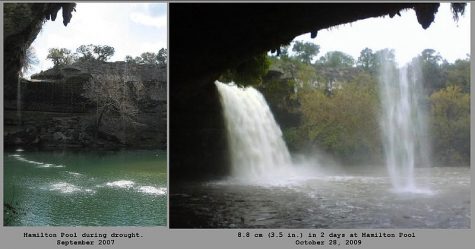To Infinity and Beyond: A Look at Space Exploration
October 27, 2017
In the 1940’s the Cold War broke out between the U.S.A and the Soviet Union. During this time science and technology skyrocketed, literally. In 1957 the Soviet Union sent the first satellite to space, called Sputnik 1, and later in 1961 they made it to space. Then the U.S.A made it to the moon. Ever since, Space science has grown.
In 1977, NASA sent a spacecraft out of Earth’s orbit. The satellite was set to go as far out from Earth as possible. It served a similar purpose as a time capsule. It contained information about the human race, our location, and how technologically advanced we were at the time. It also had a camera to send us back pictures of everything it passed, including Saturn and jupiter. The spacecraft is traveling at 38,000 miles per hour, and is currently 11.7 billion miles away from Earth. It’s sister craft, Voyager 2, served the same purpose, although traveled a different route; It also passed Jupiter and Saturn, however it was at different times, and do to gravitational pull and location, it also passed Uranus and Neptune. It also contained updated info on the human race, as it was released later. The craft is traveling at a speed of 35,970, and is 9.5 billion miles away.
Other technology is used to explore space, though. Telescopes have been used for centuries, but some are more advanced and enhanced than others. The hubble telescope is one of the strongest telescopes there is. Using it, we have discovered that if you held a pin above your held a sewing pin above your head, there are more than 1 billion galaxies in the space of that pinhead. That is how vast outer space is. And the average galaxy is 100,000 light years across. A light year is the distance light travels in 1 year. The light from the sun takes 8 minutes to get from the sun to Earth.
The skies have been a wonder of humanity ever since our ancestors first looked upwards into the night skies. Myths and legends have come out of those legends. Stars also gave us navigation, back when Columbus sailed the ocean blue in 1492, and since people have been exploring the oceans.
Many advancements in space travel and technology have come, and many are coming. In the mid 2030’s, It is expected that the first mission to mars will be launched, and that the crew should be returned safely. I hope this prediction is right.








